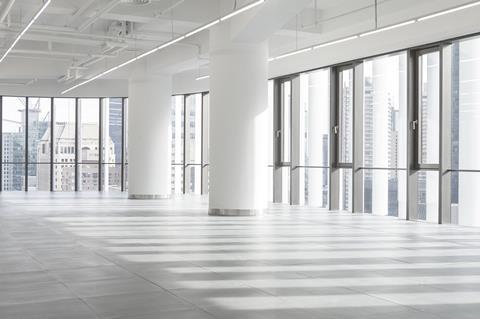If a filing cabinet is left behind after a break date, has the landlord got vacant possession?

A lease is a fixed-term contract that sometimes contains the right to end it early, using what is known as a ‘break clause’. However, if the lease contains any conditions to the break clause, these must be strictly followed, or the lease will continue.
A common pitfall is the need to give back the property with ‘vacant possession’. There are two tests of this. First, are the tenant’s own things, which are still in use, left at the property? Second, does what is left behind interfere with the landlord using the property?
A tenant who arranged for two workmen to carry on working for five days after the break so that an empty warehouse was handed back in tip-top condition was still using the property for dilapidations – the break clause failed.

A tenant who had put up partitioned offices and left them there at the end of the lease had erected the offices to benefit the tenant, and these did not improve the building. This meant there was no vacant possession.
A tenant who had removed the partitioning but also the ceiling tiles, an outdated heating system and other fixtures left the property in dire straits but did provide vacant possession – the landlord could sue for damages.
And the filing cabinet? If it is full of confidential medical records, it cannot have been abandoned by mistake. The tenant must have left it there intending to come back, so no vacant possession.
When working this through, the best advice is to check that the property is free from people, chattels (remember to think about interference with landlord’s use) and interests such as leases. Physical condition is not relevant to vacant possession.
Suzanne Gill is partner at Wedlake Bell



























![Rob J Headshot[14]](https://d2bq2usf2vwncx.cloudfront.net/Pictures/380x253/8/5/5/1884855_robjheadshot14_607979_crop.jpg)


No comments yet